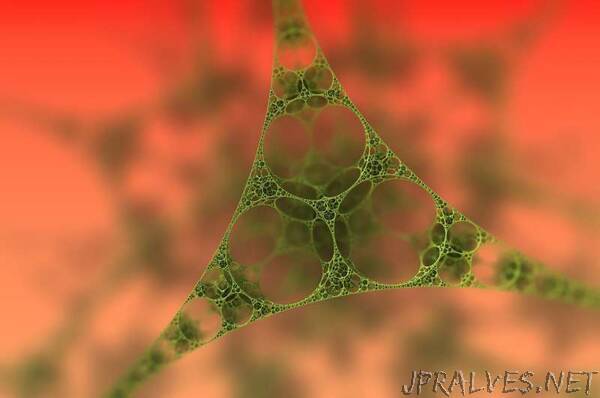
“Scientists at NPL use Nuclear Magnetic Resonance Proton Relaxation to probe the surface chemistry of nanomaterial dispersions
Industrial applications of nanomaterials commonly require their dispersion in solvents to embed them in final products. Examples of applications include battery electrodes, composite reinforcement, printed electronics, and many more. As nanomaterials exhibit a high surface-to-mass ratio, their surface properties, in particular surface chemistry, govern their interactions with the external environment. Therefore, these must be carefully characterised to optimise product performance.
However, characterising nanomaterial dispersions is difficult to achieve because of the small length-scales, as well as the use of liquids, which are incompatible with the vacuum conditions employed in many ex-situ techniques. These typical measurement methods can be costly and time consuming and the pre-processing steps often employed to remove nanomaterials from liquid can potentially alter their material properties.
In a study featuring on the front cover of Nanoscale, researchers from the Surface Technology group at NPL demonstrated the use of nuclear magnetic resonance (NMR) proton relaxation to rapidly characterise the surface chemistry of 2D graphitic particles in liquids, in several minutes and without the need for any sample preparation. As NMR relaxation can be performed in-line, it has the potential to be employed as a quality control method by nanomaterials manufacturers.
Sofia Marchesini, Higher Research Scientist, NPL said: “I am excited about the potential of this technique as a quality control process to monitor the manufacturing of nanomaterials and product formulations. These measurements are fast to perform and the setup is compatible with flow-through experiments, which means it could be integrated into an industrial production line.””
